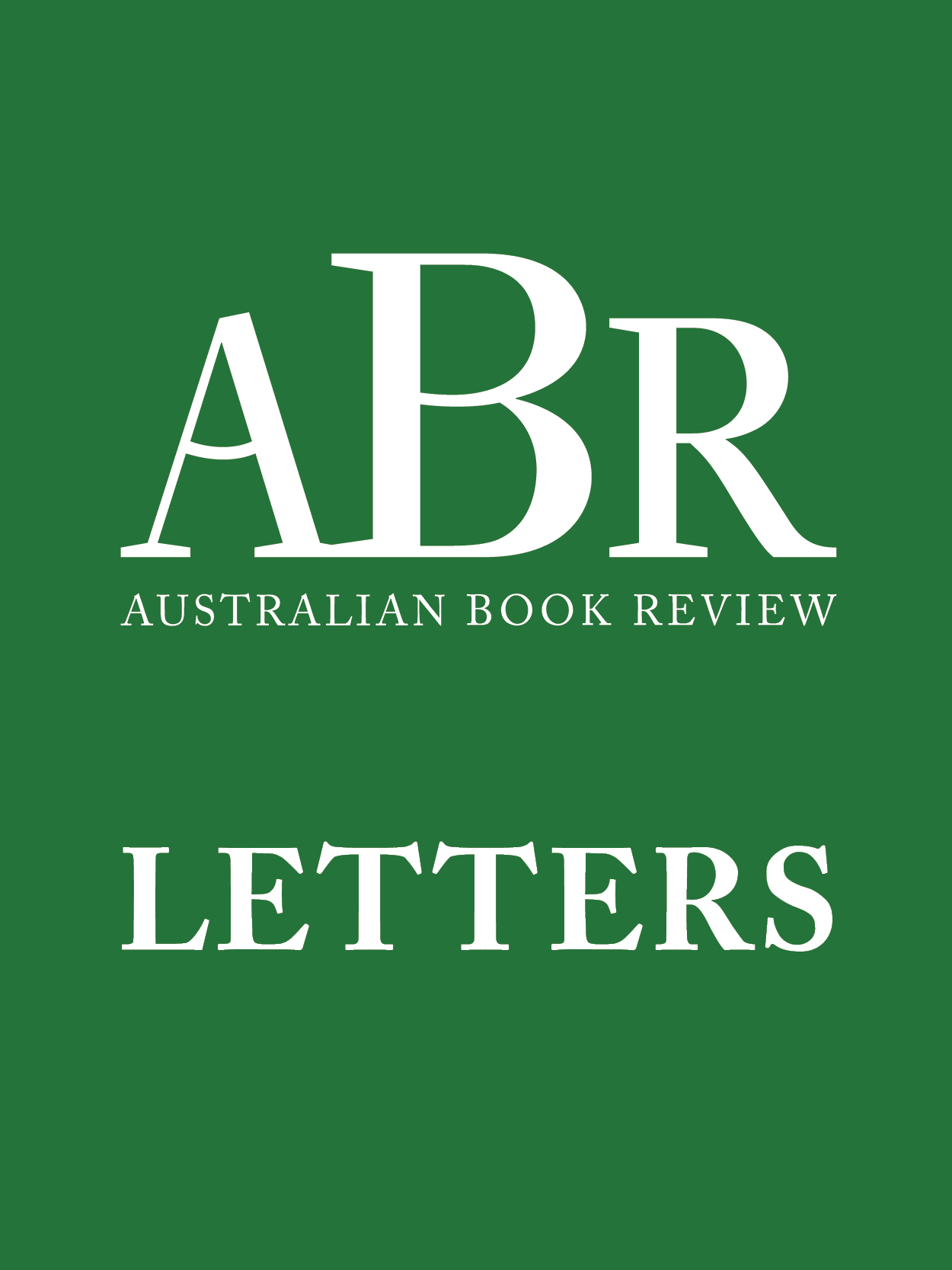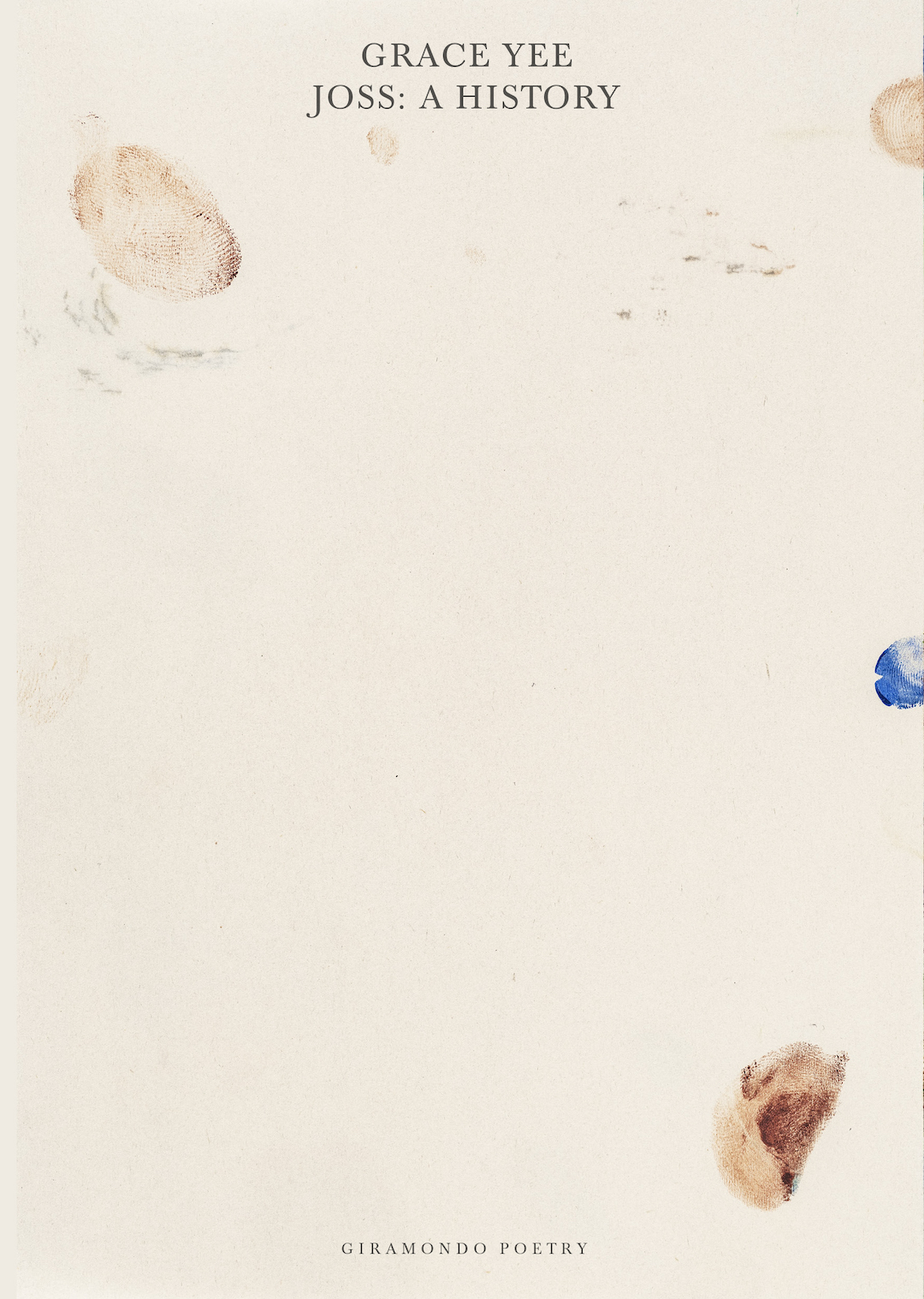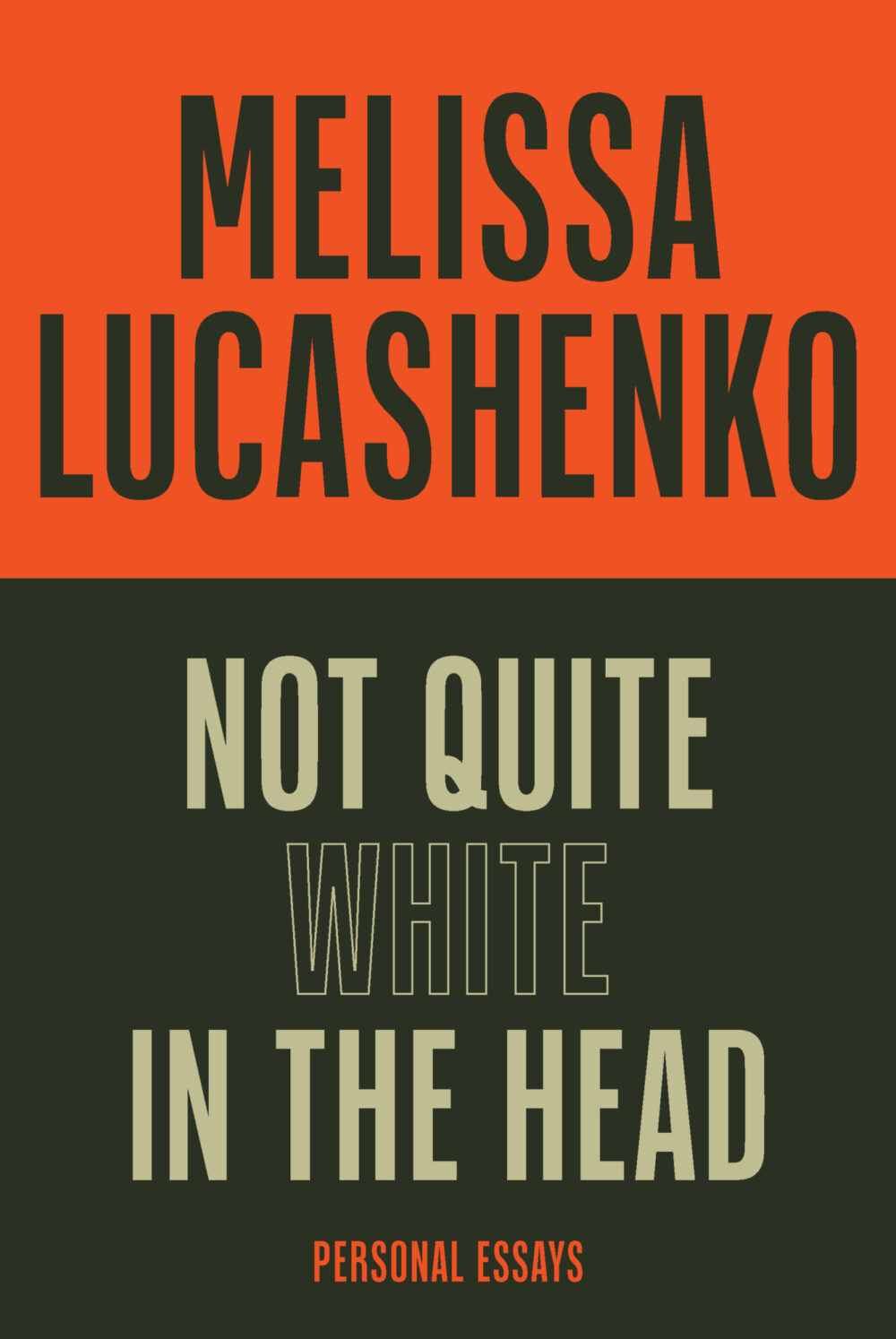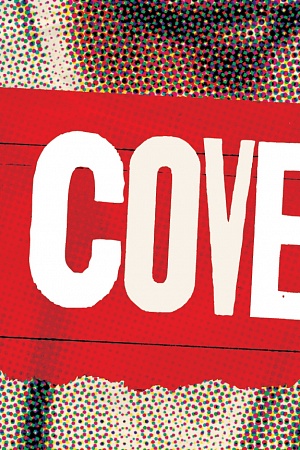Australian Surrealism: The Agapitos/Wilson Collection
Australian Surrealism: The Agapitos/Wilson Collection by Bruce James
When the shiny new word ‘Surrealism’ was first minted, it was easy to find a shower of retrospective applications for it. The congested canvases of Hieronymus Bosch, for one, still spring to mind, though we need retrace our steps no further than that cauldron of economic and philosophical instability – the period between the two world wars – to pinpoint its official beginnings. In 1917, one year before a combat wound despatched him, Guillaume Apollinaire used the term to describe the ‘unleashing of zany creativity’ in the ballet Parade.
There were many players. Some were unsuspecting recruits; others signed up with alacrity. One of the former was Sigmund Freud, whose exploration of the subconscious mind and how it underwrote the inclinations of humanity at large gave a boost to those painters whose strange conjunctions of imagery had been prompted by free association and a dragging of the subconscious seabed to snare the detritus of dreams and nightmares.
Continue reading for only $10 per month. Subscribe and gain full access to Australian Book Review. Already a subscriber? Sign in. If you need assistance, feel free to contact us.










Leave a comment
If you are an ABR subscriber, you will need to sign in to post a comment.
If you have forgotten your sign in details, or if you receive an error message when trying to submit your comment, please email your comment (and the name of the article to which it relates) to ABR Comments. We will review your comment and, subject to approval, we will post it under your name.
Please note that all comments must be approved by ABR and comply with our Terms & Conditions.